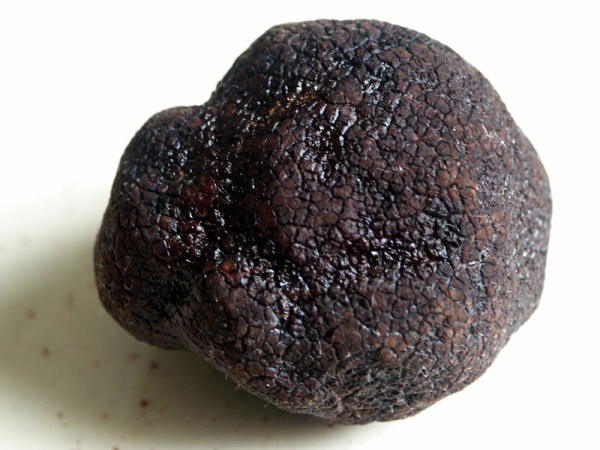Facts About Truffle
Truffles are a type of underground fungus, primarily from the genus *Tuber*, classified as ectomycorrhizal fungi. They play a vital role in ecosystems, aiding in nutrient cycling and enhancing drought resistance. Numerous truffle species are highly esteemed in the culinary world, particularly in French and Italian cuisines, where they are considered gourmet delicacies. Truffles can be cultivated through a process known as trufficulture but are also foraged from the wild.
Truffles boast a rich history, with references in ancient Sumerian texts and writings by Theophrastus. Their popularity saw a resurgence during the Renaissance in Europe. The 19th century marked the onset of truffle cultivation in France, but production faced significant setbacks in the 20th century due to various challenges. Today, there are global initiatives to rejuvenate truffle farming.
Several notable species of truffles include the black truffle (*Tuber melanosporum*), white truffle (*Tuber magnatum*), and summer truffle (*Tuber aestivum*). These fungi form symbiotic relationships with tree roots, exchanging nutrients for carbohydrates. They rely on mycophagous animals, which consume fungi, to disperse their spores.
Traditionally, truffles were hunted using pigs, attracted to a compound in truffles that resembles boar saliva. However, dogs are now favored for truffle hunting because they are easier to train and less inclined to eat the truffles they find. The distinctive aroma and flavor of truffles come from volatile compounds, which vary among species.
In the culinary realm, truffles are a luxurious ingredient, used sparingly due to their potent aroma and high cost. They are typically served raw, shaved over dishes such as pasta, eggs, and meats to enhance their flavor. Truffle oil is a popular alternative, though some products may not contain real truffles. Truffle-flavored vodka is also available and used in both cooking and cocktails.

 San Marino
San Marino